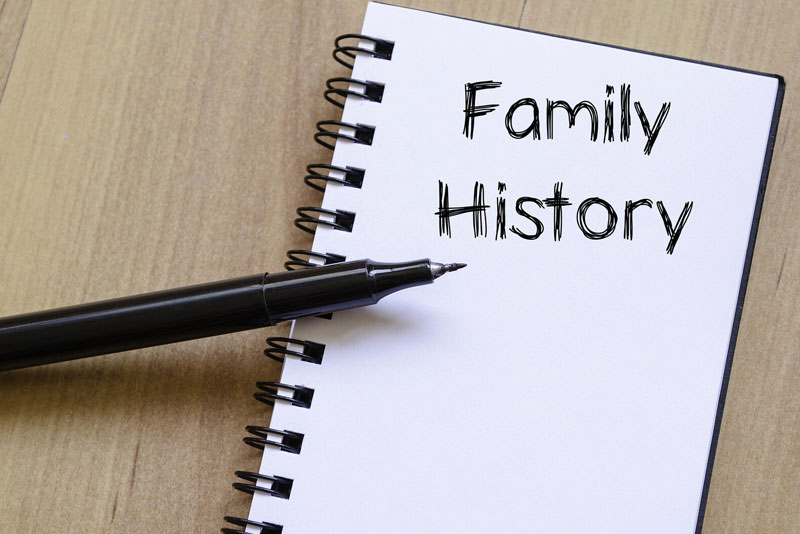Family is the basic unit of society and writing your family’s history can help you preserve memories of people and events and pass them on to future generations. With today’s multimedia tools, you can record digital interviews with family members and get the audio and video documented for archiving with the help of an audio transcription service provider.
So how do you go about documenting family history? Here are 8 simple steps to help you manage your family history project:
- Know your Goals: To ensure that your project is manageable, define your goals. There are many reasons that prompt people to write their family history such as sharing their family legacy, passing down stories and experiences narrated by their grandparents, or documenting the history of a relative or a family, to name a few. Family histories are usually narratives that blend personal stories, photos, and family trees. Scaling down the scope will make things easier to document. The audience matters too. If the final result will be seen only by family, you can use a casual style and refer to people by their first names. On the other hand, if you are looking to make a record for book that you want to publish, use a formal writing style.
- Create a Plan: Make a list of the elements you want to include in your project. This is important if you intend to cover several people and a long span of time. This list could include a family tree, information on places from where the family originated, why your ancestors immigrated, names of immigrant ancestors, marriages, and deaths. This information would need to be organized in chronological order, geographical order, etc.
- Do the Background Research: Your family history would be interesting only if you put in information pertinent to the given time and place. Researching social histories can help you learn about the town and city history, wars, natural disasters and epidemics and understand the backdrop in periods of interest. Don’t ignore fashions, modes of transport, and popular cuisines of the time. Once you’ve completed your background research, interview all of your relatives.
- Prepare the Interview Questions: Before you start recording interviews, have the questions ready. Be as systematic and efficient as possible about what you want to recapture and frame your questions accordingly. You could capture vignettes about a particular event or person, a memorable family holiday, dinnertime at home, a favorite song medals and other honors, and more. The best way to handle this would be send interviewees the questions in advance and ask to them narrate their valuable memories in their own words.
- Use the Right Recording Option: For live video interviews, use a smartphone or digital recorder. If you are using a video conferencing option like Zoom, record the interaction and use a video transcription service to document it. If a relative is not comfortable with a lengthy camera session, a New York Times article recommends using an audio recording app. You can also do recordings over the phone.
- Use Records and Documents: A picture speaks more than a thousand words. Adding photos, family tree charts, maps, genealogical reports and other records and documents will make the narrative interesting. Don’t forget to include captions below the images and documents you use.
- Organize the Material: Information from a record, article, book or website should be supported by in-text references along with the title, author and page or record number in parentheses. Don’t forget bibliography of sources, as well as what’s needed to locate the source such as title, author, publisher or creator. This is crucial to provide credibility to your research and if your objective is to publish your family history.
- Take your Time, use a Natural Writing Style: Your writing will look and feel natural if you use a style that will gel with your audience. So, if you’re writing an informal document for your relatives, write as if you are telling a story. If you are writing for a publication, follow its guidelines. Finally, take your time to write your family history. It could take months before you can put things down the way you want to. Enjoy the experience!
Interviews are one of the most significant elements when it comes to writing family history. Transcribing them verbatim is the best way to preserve the content, read it back and grasp the specifics. A digital transcription agency can help you with this as you focus on your putting down your family’s story.




